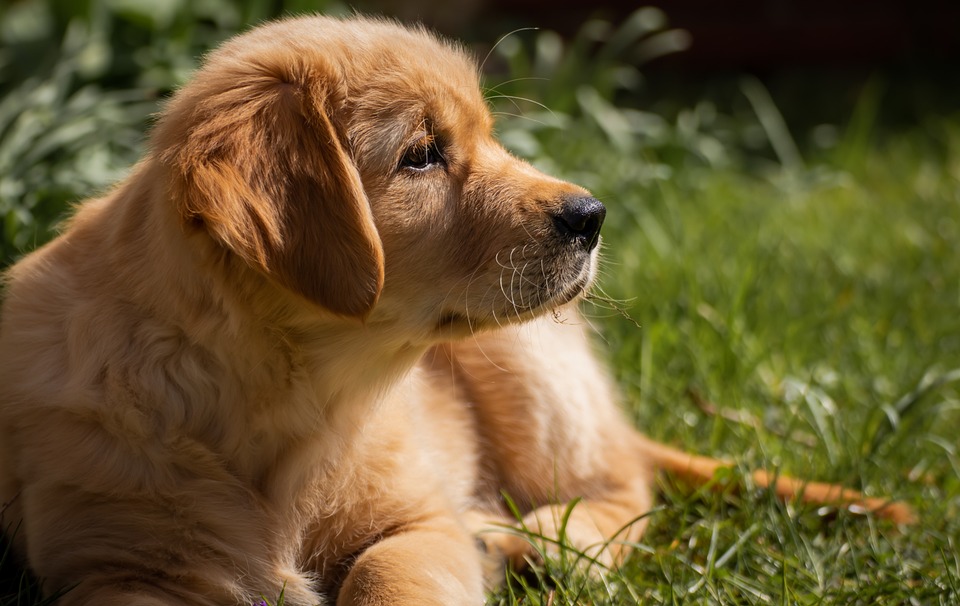As a dog owner, going for a peaceful walk with your furry friend can be a delightful experience. However, if your dog tends to pull or react aggressively when passing other dogs, it can quickly turn into a stressful situation. With the right training techniques and some patience, you can teach your dog to walk calmly and politely past other dogs. In this article, we will explore effective methods to prevent pulling and reacting during walks.
Understanding Why Dogs Pull or React
Before diving into the training techniques, it’s crucial to understand why dogs pull or react when passing other dogs. Here are a few common reasons:
leash Frustration: Dogs may pull due to the frustration of being restrained on a leash. They feel the need to reach the other dog, leading to increased tension on the leash.
Lack of Socialization: Dogs that haven’t been adequately socialized with other dogs may become anxious or reactive when encountering them on walks.
Fear or Anxiety: Some dogs may react aggressively or pull due to fear or anxiety when they see other dogs. This behavior is often a defense mechanism to keep themselves safe.
Training Techniques to Prevent Pulling or Reactivity
Now that we understand the reasons behind pulling or reactivity, let’s explore effective training techniques to address this issue:
Proper Leash Walking Skills: Start by teaching your dog basic leash walking skills such as loose leash walking and paying attention to you. Practice these skills in a controlled environment before introducing other dogs.
Desensitization and Counterconditioning: Gradually expose your dog to other dogs from a distance where they don’t react. Reward your dog’s calm behavior with treats and praise. Increase the proximity to other dogs over time, ensuring your dog remains calm throughout the process.
Engage in Positive Reinforcement: Use positive reinforcement techniques to reward your dog for calm behavior when passing other dogs. Treats, praise, and playtime can help reinforce positive associations with other dogs.
Redirect Focus: Teach your dog a command or behavior that redirects their focus away from other dogs, such as “watch me” or “leave it.” By shifting their attention to you, they are less likely to pull or react.
Seek Professional Help: If your dog’s pulling or reactivity persists despite your efforts, consider seeking assistance from a professional dog trainer or behaviorist. They can provide tailored guidance and help address any underlying issues.
Frequently Asked Questions (FAQs)
Q1: Can I use a specific collar or harness to prevent pulling?
A1: While certain tools like no-pull harnesses or head collars can be helpful, they should be used in conjunction with training techniques. Consult a professional trainer for guidance on the most suitable equipment for your dog.
Q2: How long will it take to train my dog not to pull or react?
A2: The time it takes to train your dog varies depending on their temperament, previous experiences, and consistency in training. Some dogs may show improvements within weeks, while others may require months of consistent training.
Q3: What if my dog’s reactivity is due to fear or anxiety?
A3: If your dog’s reactivity stems from fear or anxiety, it’s crucial to address these underlying emotions. Consider consulting a professional behaviorist who can guide you through specific techniques to help your dog feel more comfortable and confident.
Q4: Can I train my older dog not to pull or react?
A4: Absolutely! Dogs of any age can learn new behaviors. However, it may take more time and patience to modify ingrained habits in older dogs. Consistency and positive reinforcement are key.
By implementing these training techniques and seeking professional guidance if needed, you can transform your dog’s walks into enjoyable and stress-free experiences for both of you. Remember, patience, consistency, and positive reinforcement are the pillars of successful dog training. Happy walking!









